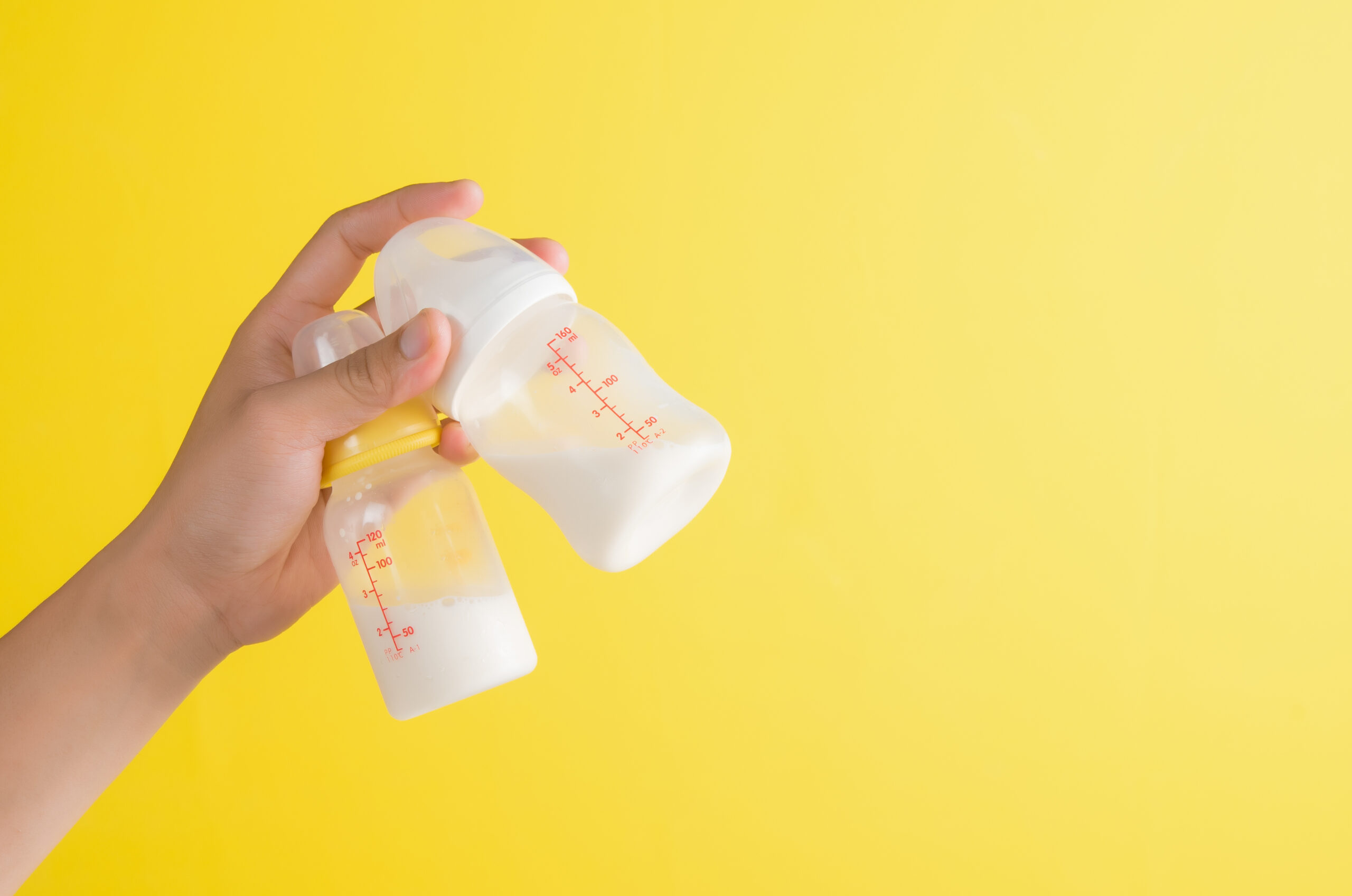Welcoming a little one into your life is a joyous experience, and for working parents, it often comes with the added challenge of introducing a bottle to an exclusively breastfed baby. Whether you’re planning to continue breastfeeding while at work or making a complete transition to bottle feeding, this journey can be both exciting and overwhelming. We’ll explore important considerations, common challenges, and offer valuable recommendations to make this transition smoother for both you and your baby.
Breastfeeding and Bottle Feeding Balance
One of the first decisions is whether you plan to continue breastfeeding while working. Some parents opt for a combination of breastfeeding and bottle feeding, while others transition entirely to bottles. Consider what works best for you, your baby, and your work schedule. There is no right or wrong decision!
Pumping or Formula Feeding:
If you choose to continue breastfeeding, pumping becomes an essential part of the routine. Consider your preferences. Will you be exclusively pumping or introducing formula? You don’t have to choose one exclusively either, it’s common for families to transition to a combination of breastmilk and formula. You can always change your mind later on, but it’s helpful to think about this ahead of time as this decision may change how and when you approach introducing a bottle.
Introduction of Solids:
Depending on your baby’s age, you might also be considering the introduction of solids at the same time. This adds another layer to the feeding routine and while you may be able to coordinate bottle feeding with it, it could also complicate the transition depending how your baby responds to solids. If this is your plan, please consult with your pediatrician on the appropriate timing and types of solid foods to introduce.
Tips & Tricks for Common Challenges:
Nipple Confusion:
While many experts debate whether “nipple confusion” is a real thing, babies can be picky about the nipples they latch onto. This pickiness is a common challenge for new parents introducing a bottle to their exclusively breastfed baby. While no bottle will replace breastfeeding, investing in bottles and nipples designed to replicate the breastfeeding experience can help with the process of introducing a bottle.
To ease the transition, consider also waiting to introduce the bottle until about 6 weeks postpartum to give both you and the baby time to establish breastfeeding. You may also want to have someone other than the breastfeeding parent introduce the bottle. This can reduce confusion and make the baby more receptive to the change as babies also breastfeed for comfort and soothing, not just nutrients.
Resistance to Bottle Feeding:
Some babies may initially resist bottle feeding, especially if they are accustomed to breastfeeding. Be patient and persistent, change is hard! Introduce the bottle gradually, starting with small amounts of breast milk or formula. This allows your baby to adapt at their own pace, minimizing resistance. Remember that bottles have a much faster flow and the amount isn’t regulated by supply-and-demand like breastfeeding. If there are air bubbles, they can cause discomfort that your baby may resist.
Consider having different bottles, trying a few and see what works best. To reduce some of the stress of the transition, try introducing a bottle a few weeks before returning to work. But unless you’re planning to bottle feed exclusively, you don’t need to worry about offering a bottle for every meal, and try not to introduce a bottle when your baby is overly hungry, stimulated, or tired.
Balancing Work and Feeding Schedule:
Juggling work commitments and feeding schedules can be challenging. If you’re planning to pump at work, plan ahead by establishing a routine and communicating with your employer. Blocking off time in your calendar will help ensure you have the time to do so. This proactive approach can help you maintain a healthy balance and balance your supply throughout this transition.
Getting Started
Introducing a bottle to an exclusively breastfed baby as a working parent may have its challenges, but with thoughtful consideration and planning, it can be a rewarding journey for both you and your little one. Don’t be afraid to reach out to fellow working parents, parenting groups, or online communities for support and advice. Sharing experiences and tips can be incredibly reassuring and beneficial during this transition. Remember to be patient with yourself and your baby, and celebrate the milestones along the way. You’ve got this!

